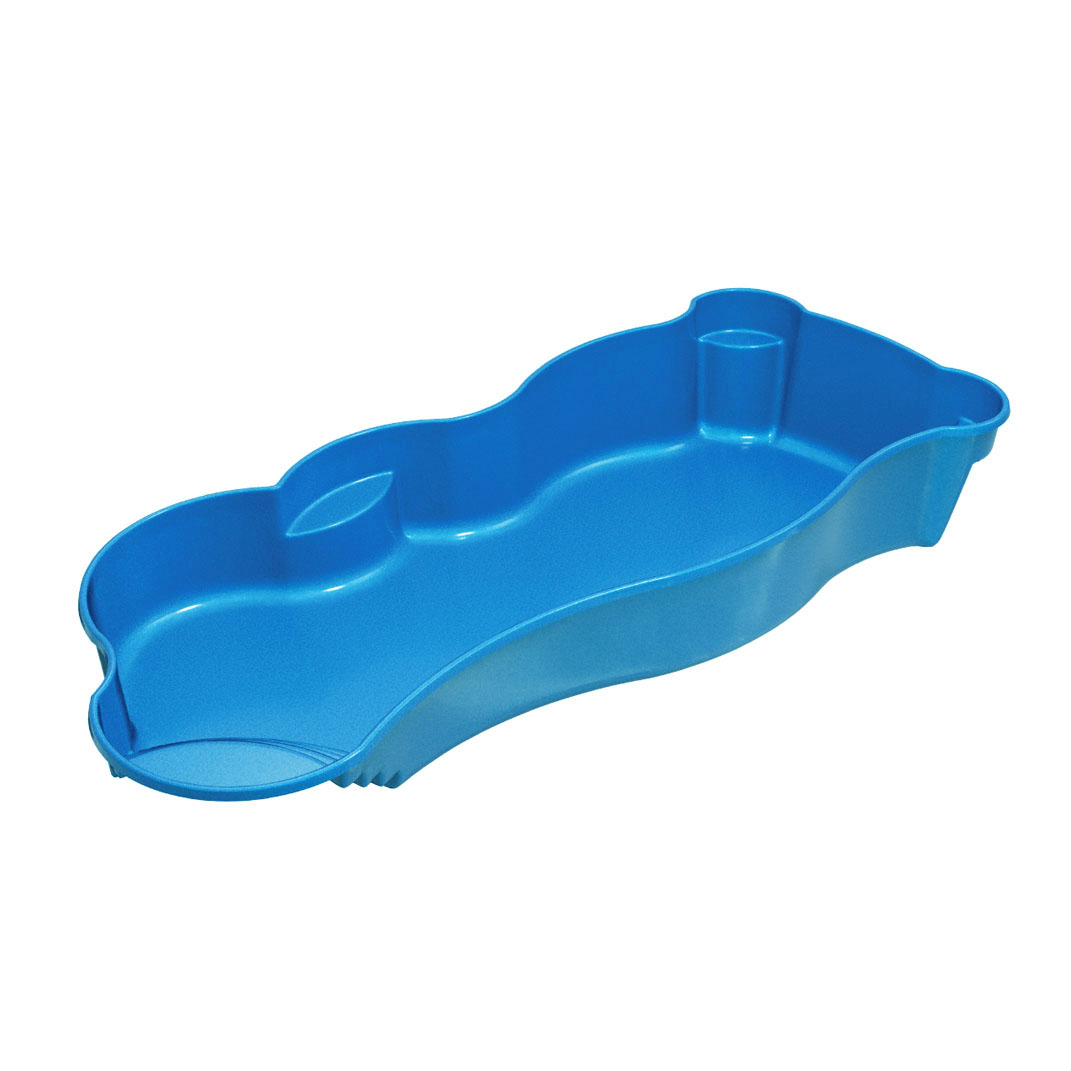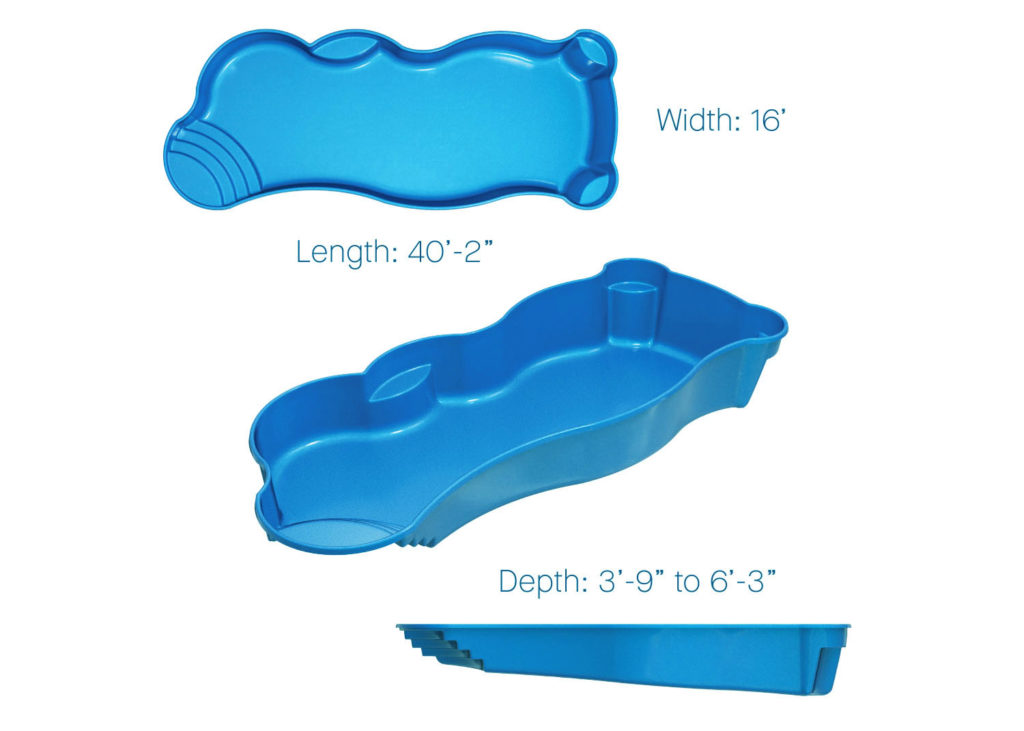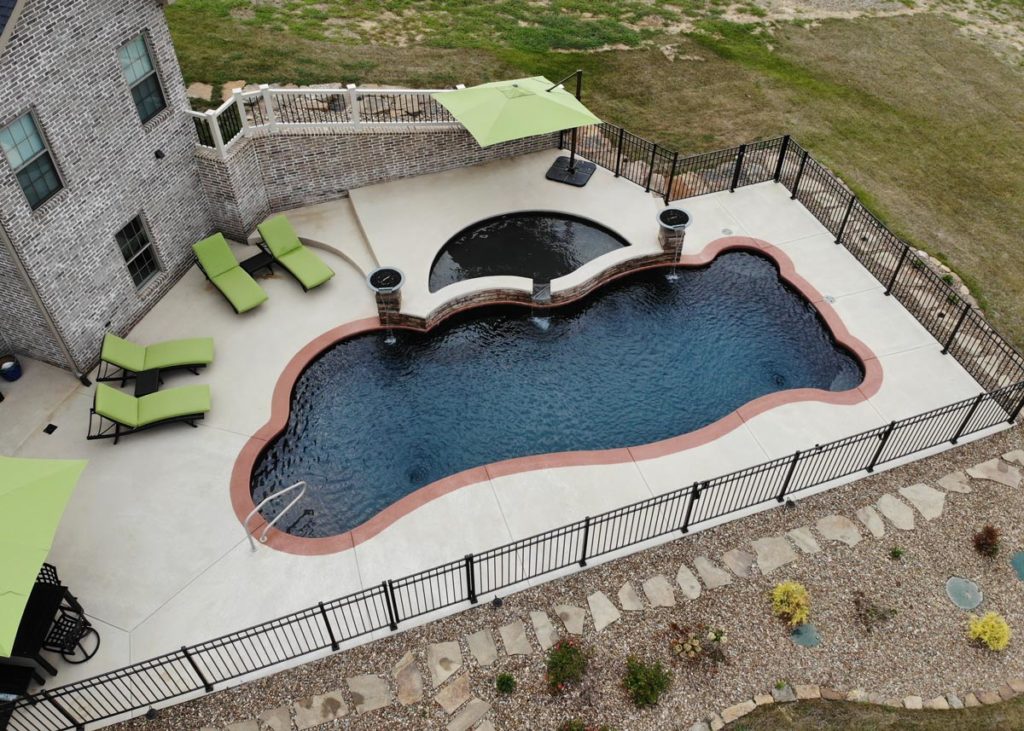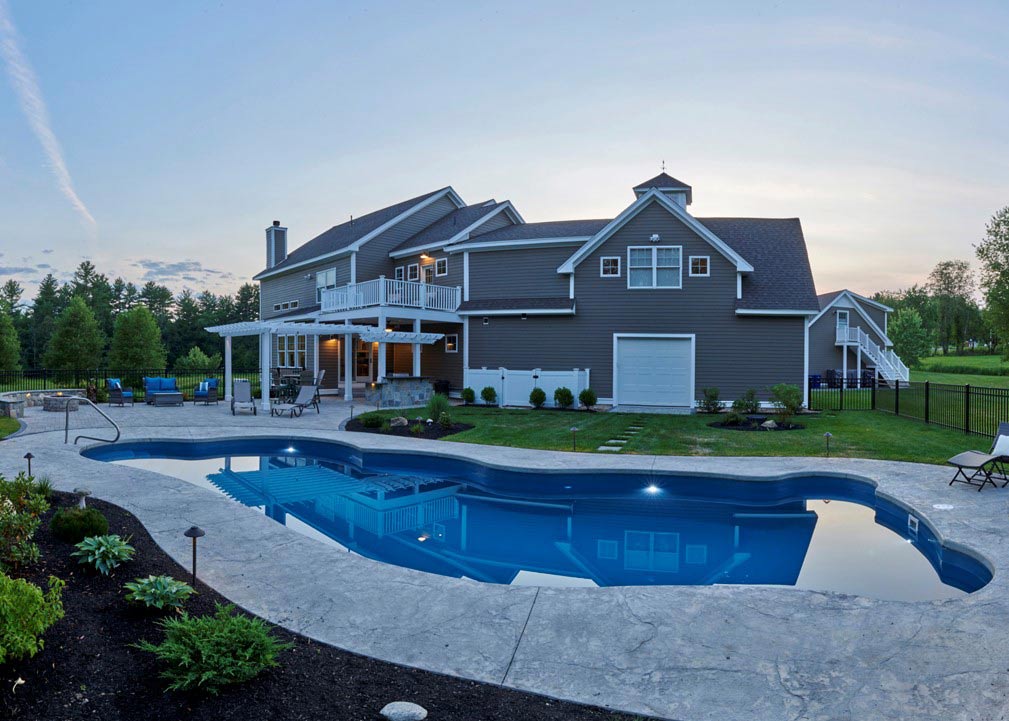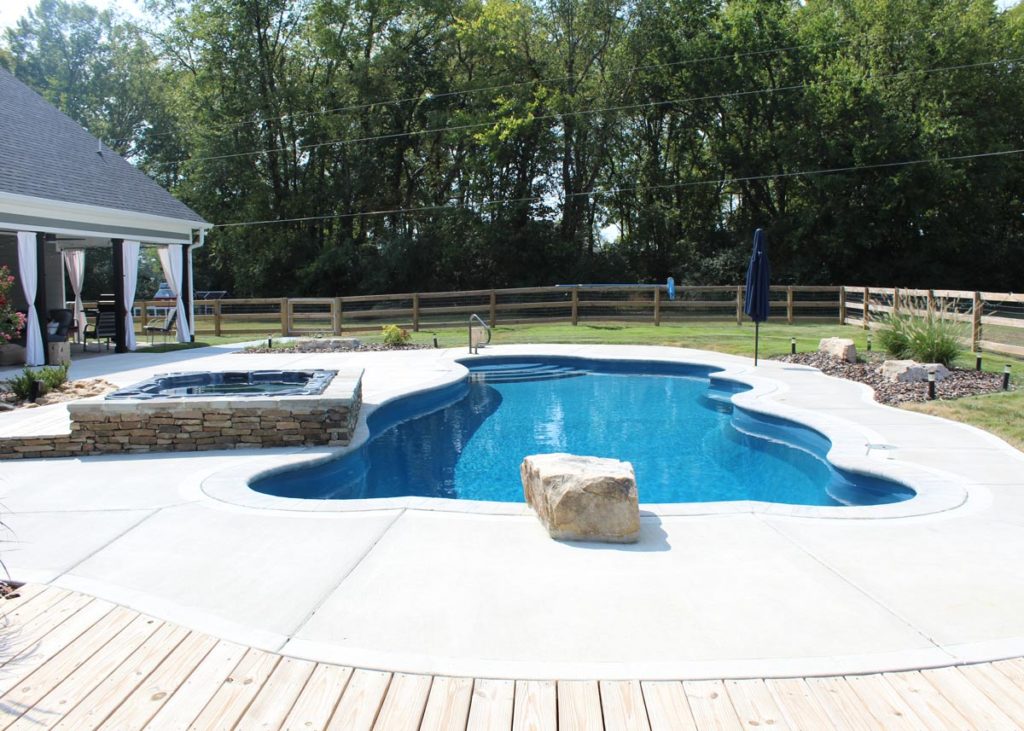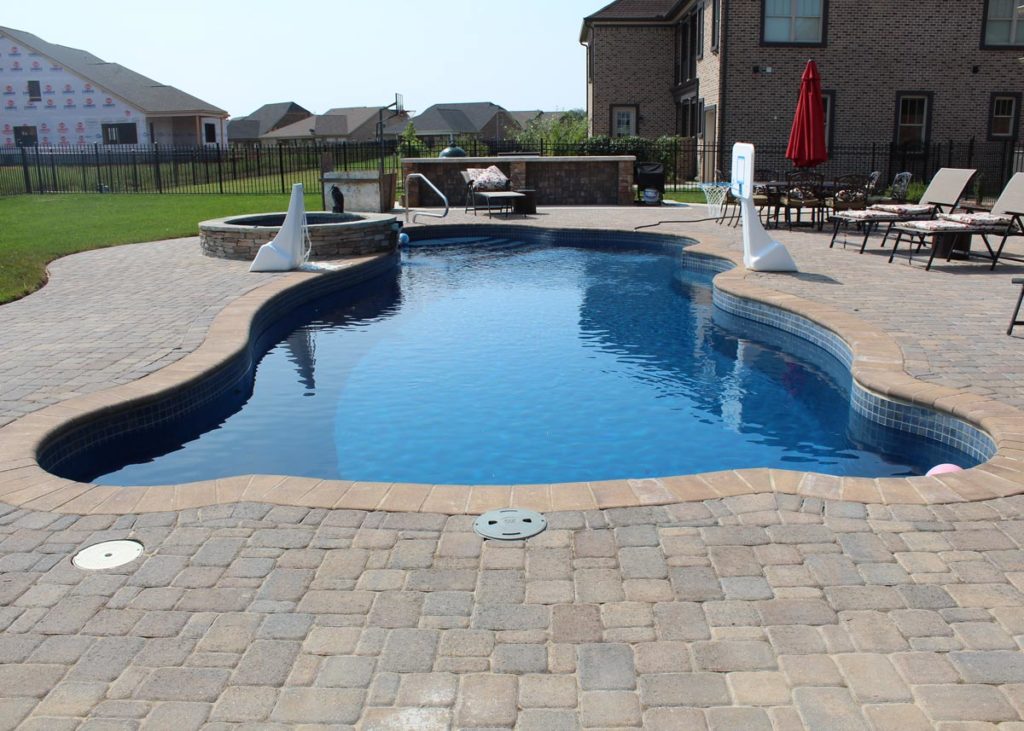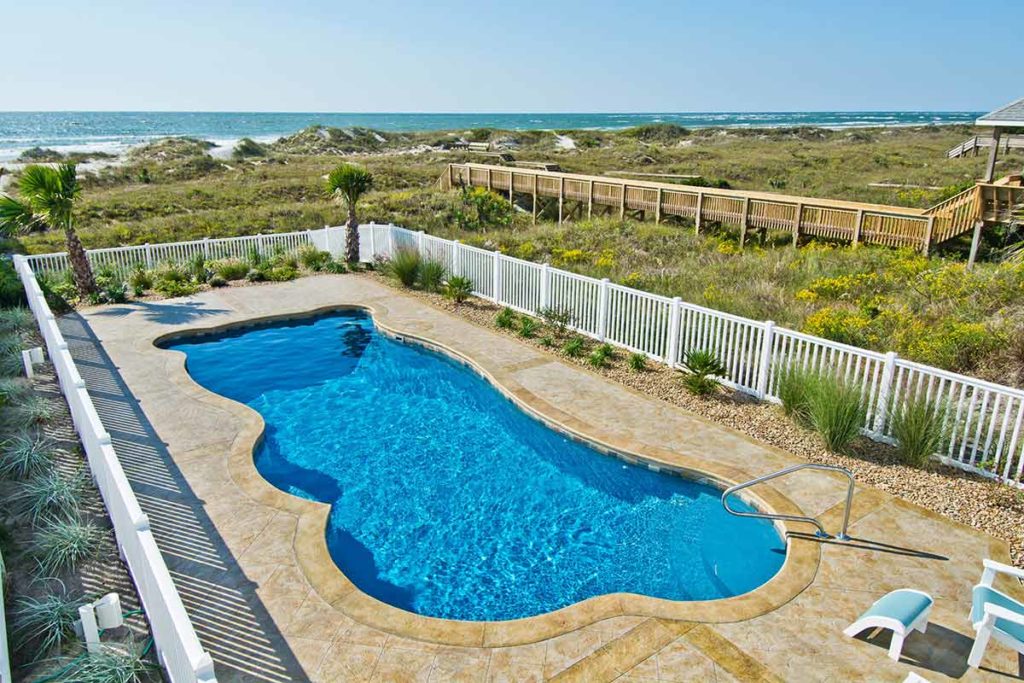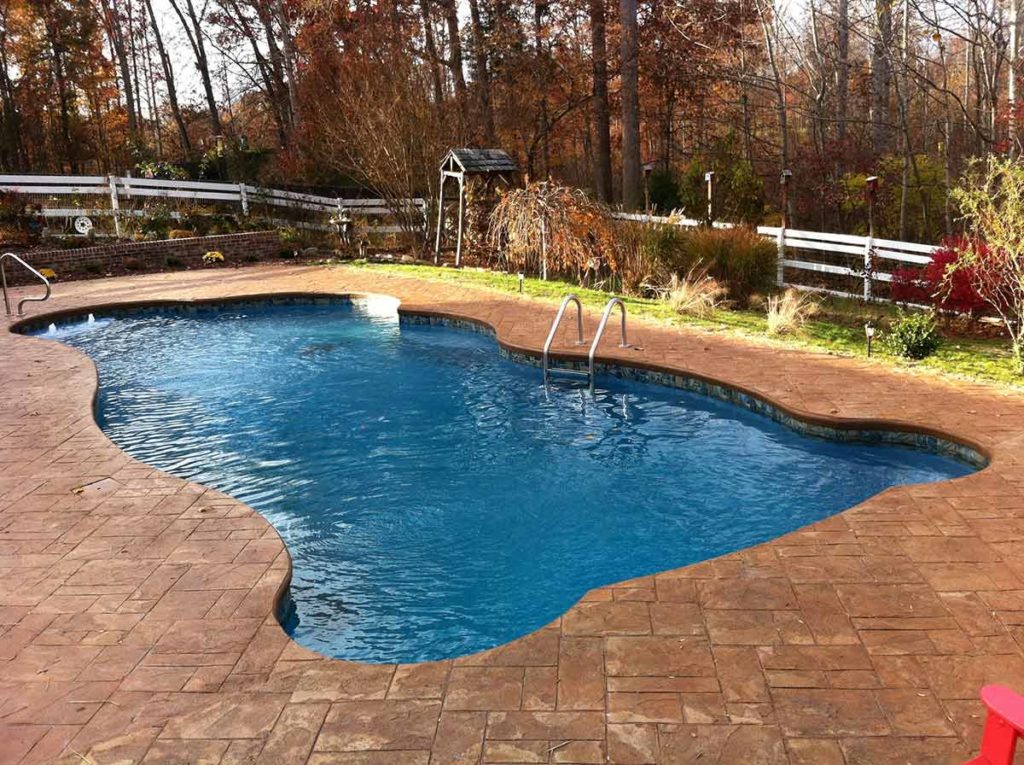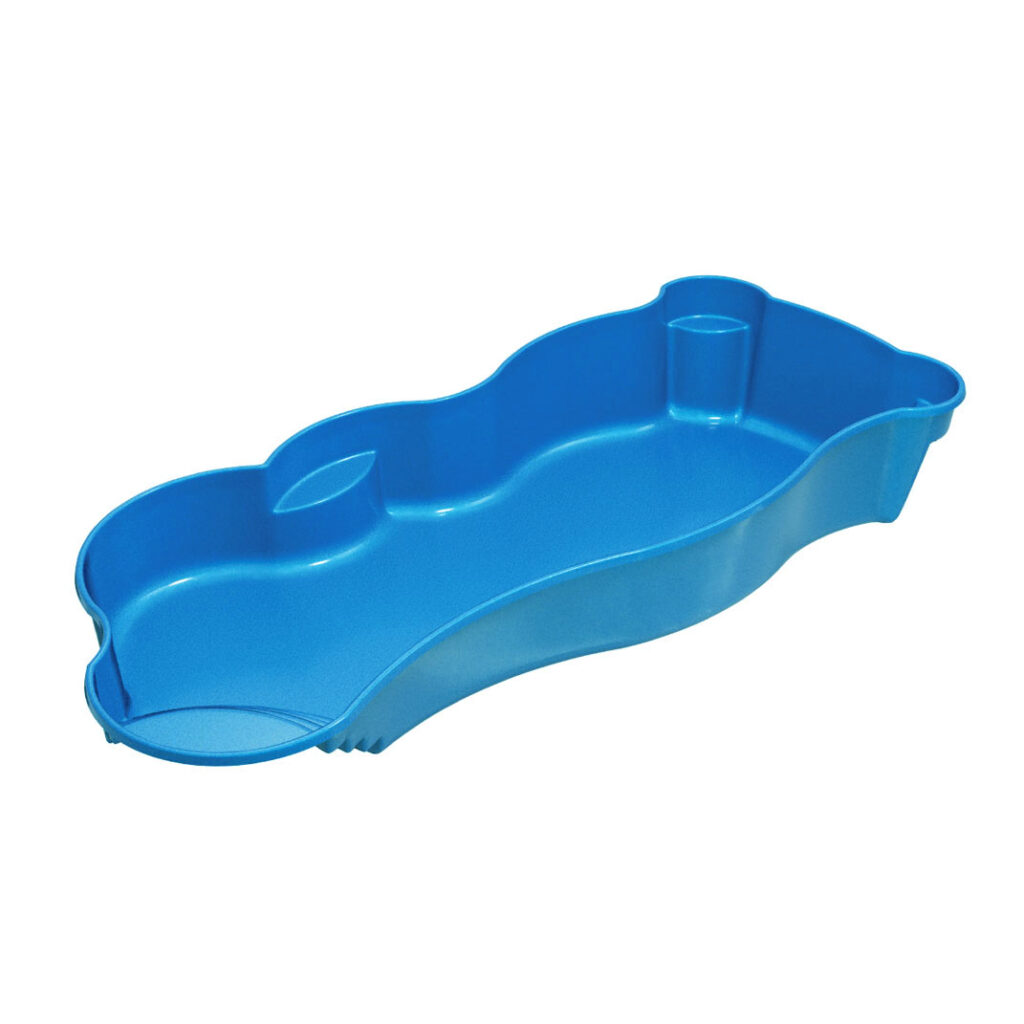Why Fiberglass

Installing a new pool requires a good deal of forethought, as you want to ensure you’re still happy with it 10, 20, and even 30 years down the line.
Fiber glass pool designs are putting more focus on quality and durability while simultaneously keeping costs down.
The 4 pool shapes you’ll be able to choose from are: rectangular; roman, kidney and freeform.
The finish on a fiberglass pool is a triple-layered, 25 to 30 mm gel coating made from colored resin. It needs precisely three layers because if the gel is too thin it can bubble, and if too thick it can crack.
Just like any swimming pool finish (ie. plaster, aggregate, tile), color tones for a fiberglass pool finish can vary. These include various shades of blue, white, or grey.
Lighter colors keep the water transparent and tropical-looking, whereas darker shades make the water opaque and appear deeper (like a lake). Some gel finishes will even include speckled variants which reflect sunlight to make the water sparkle.
Fading of pool finishes is common across the board, and fiberglass pools are no exception. However, this process is so gradual with this finish that you won’t even notice it happening.
Plenty of options.
When designing a pool you want to take into account the aesthetics of the entire backyard, so you can match (or contrast) colors and features.
Aside from customizing the size, shape, and color of the finish, you can add waterline tiles to these pools. This adds a touch of luxury with an upscale accent, while not having to deck out the entire pool in tiles, which is extremely costly.
Lighting can bring your pool to life at night, and you can customize the number of lights and where they’re located for maximum effect. There are LED options that can be set on timers, using pre-programmed color cycles to create your own backyard light show.
Pool water features can also be incorporated into a fiberglass pool design. These features are quickly gaining in popularity as they’re relatively low cost, and provide visual flair to your pool.
These features include things like waterfalls, scones, scuppers, fountainsdeck jets, bubblers and water slides.
Additionally, the pool deck can also be customized. You can choose your own material for the deck and coping (ie. concrete, travertine, stone), and it can be designed to contrast or blend with the pool water color.
Smooth to the touch.
Fiberglass pools are the smoothest feeling out of all pool types. This is because of the gel finish they’re coated with.
Concrete pools can be rough, and plaster finishes can be smooth but bumpy. Aggregate finishes are textured for grip (and style), and vinyl-lined pools feel smooth but slippery.
Fiberglass pools give you a smooth and stable surface that is also anti-slip, making it ideal when entering and exiting the pool.
Extremely low maintenance.
Out of all the swimming pool types, fiberglass pools require the least amount of cleaning and are also the easiest to clean.
For starters, due to their non-porous and smooth gel finish, it makes it hard for micro debris and various types of algae to attach itself and spread throughout the surface.
When getting rid of algae by shocking, a fiberglass pool will be good to go in 24 hours, whereas it can take anywhere from 3 to 7 days to clear up a vinyl liner or concrete pool.
While you should practice regular pool maintenance no matter the pool style, the gel finish in fiberglass pools can be damaged with harsh cleaning products.
For the most part all you need is a skimmer net, a vacuum, and a damp rag with some mild pool cleaner to clean up any grimey areas. Keeping the water line clean is also important so that nothing eats away at the gel.
As for filtration, these pools only need 1 circulation of pool water per day compared to concrete pools which require 2. Less running of your system means less electricity used, means less money you’re spending.
Easiest type of pool to install.
The single structure shell design of these pools make them the easiest type to install. Some people with advanced construction skills can even do it themselves, but we recommend letting a professional do your install to avoid any problems.
The entire process can take a few weeks, although some installs can be done in a few days. It really depends on your backyard and the amount of work that it requires in preparation.
After you have a layout of the backyard (pool location, deck, landscaping, etc.), excavation can begin. Once the hole is dug, a bed of sand is laid on the floor to give the pool a base.
The pool structure is then placed and leveled. Backfilling begins while the pool is simultaneously filled with water so that there’s equal pressure and stability.
A concrete bond beam is then installed keeping the shell in place by anchoring it. The final piece is the installation of the deck, and you’re ready to swim!


